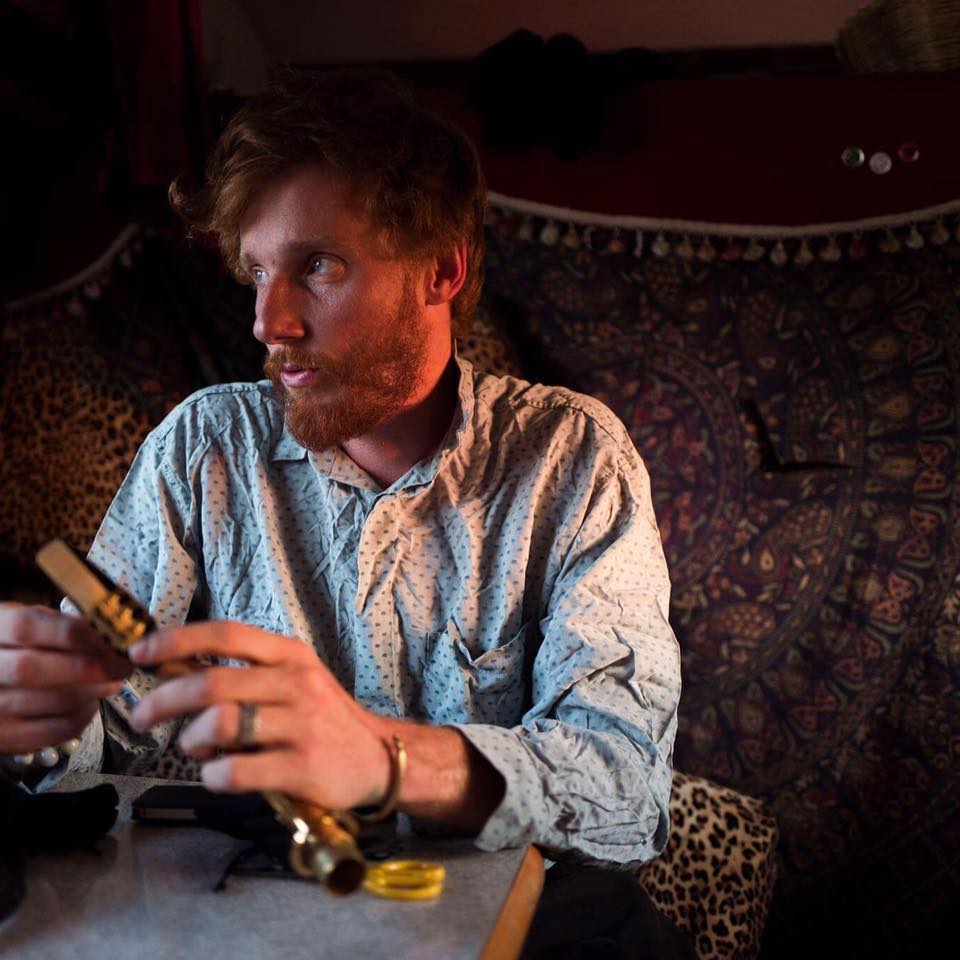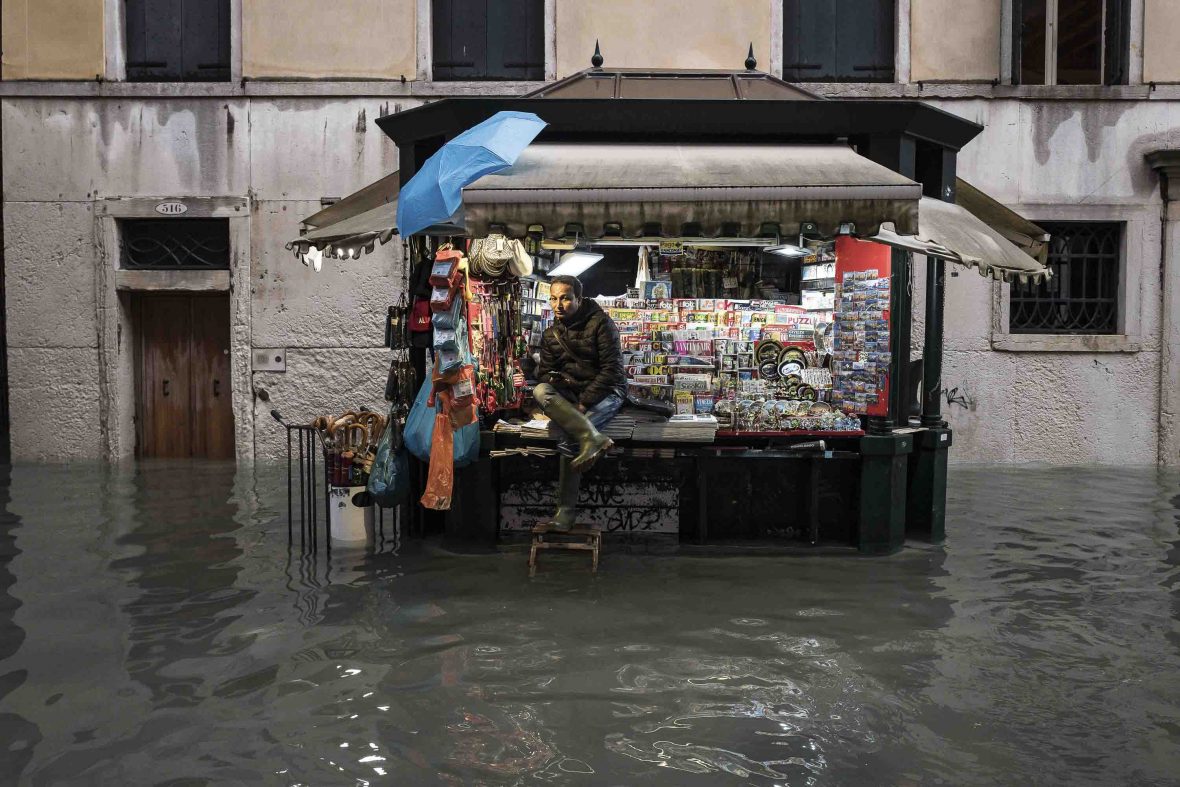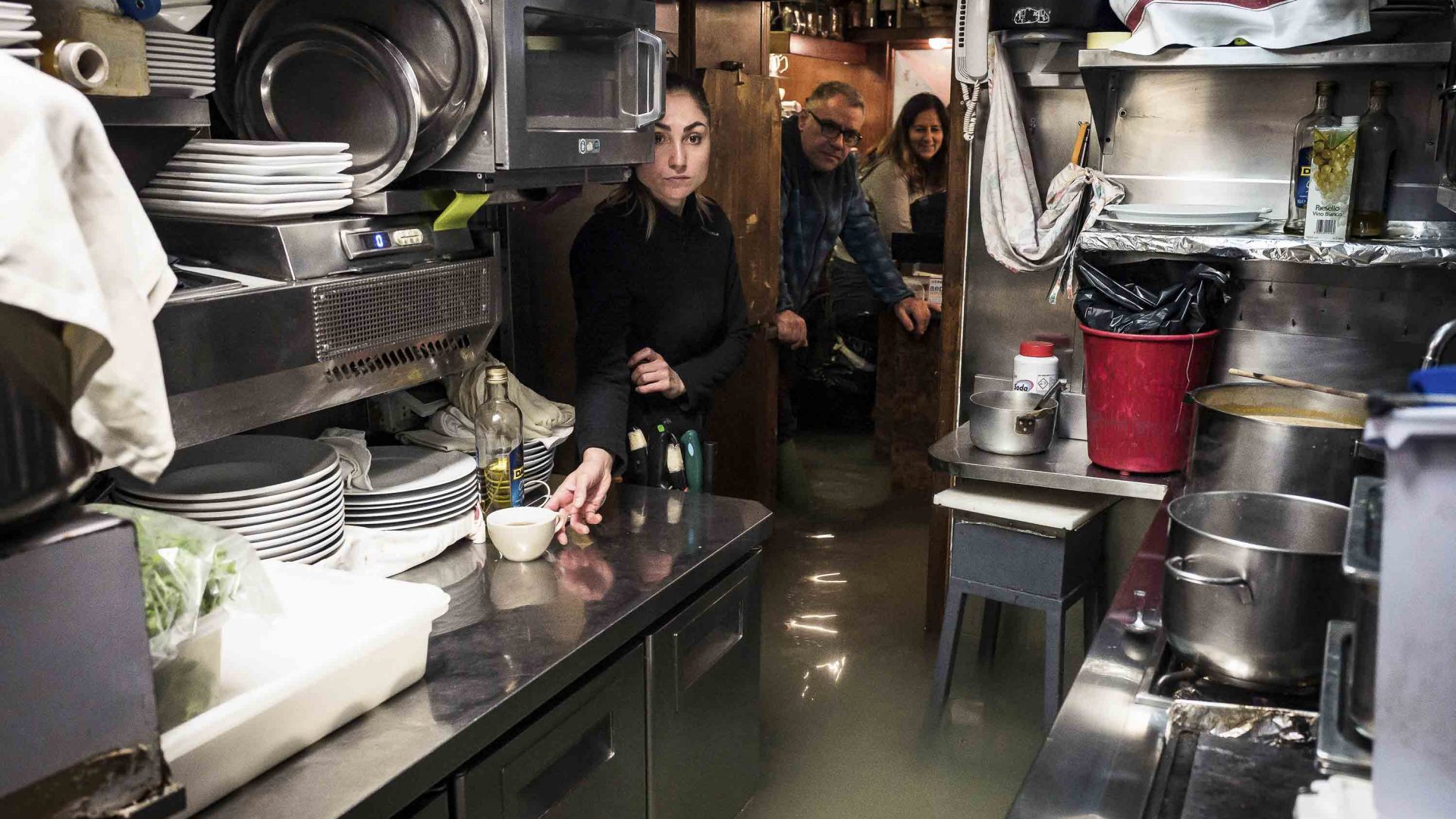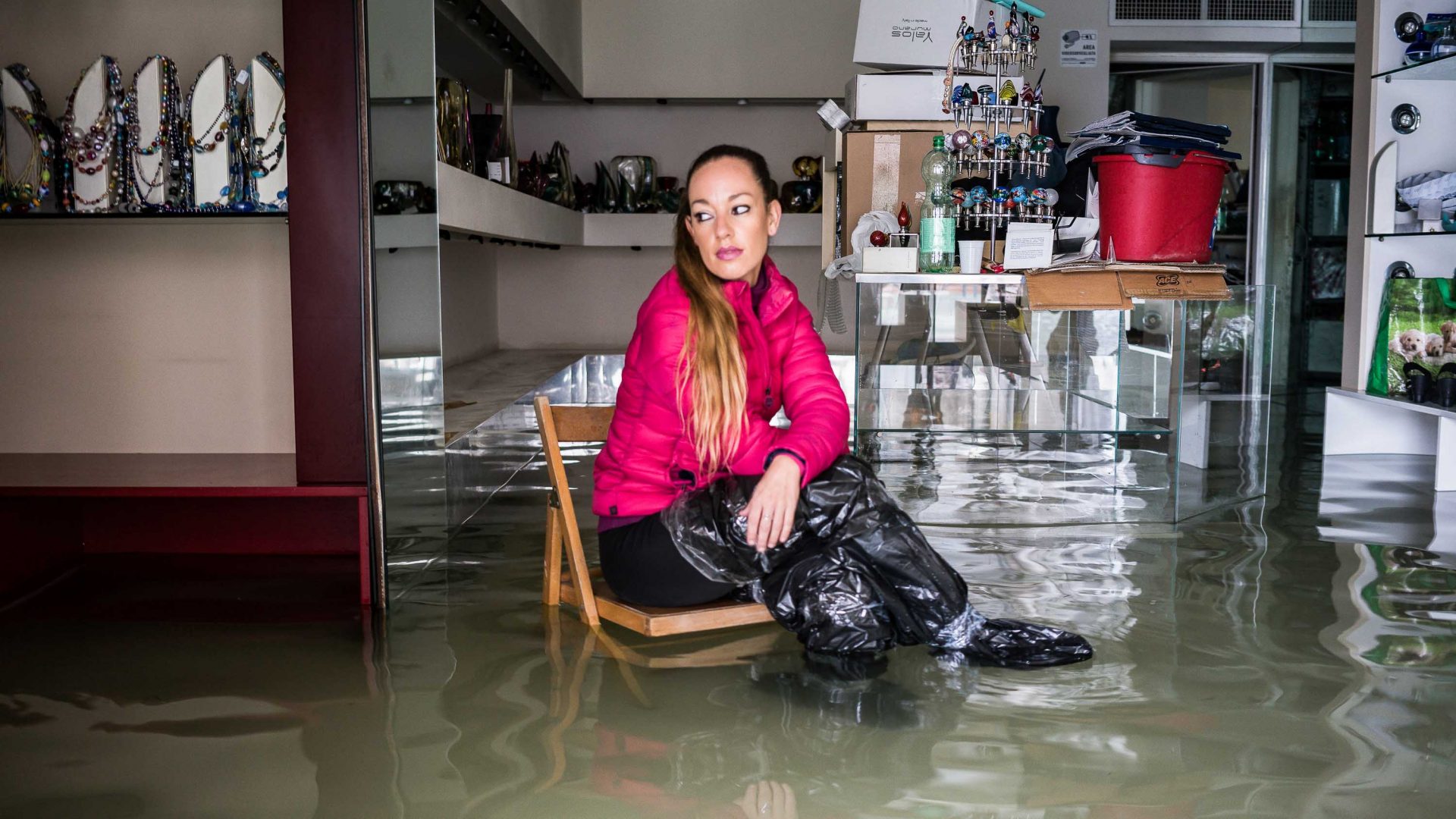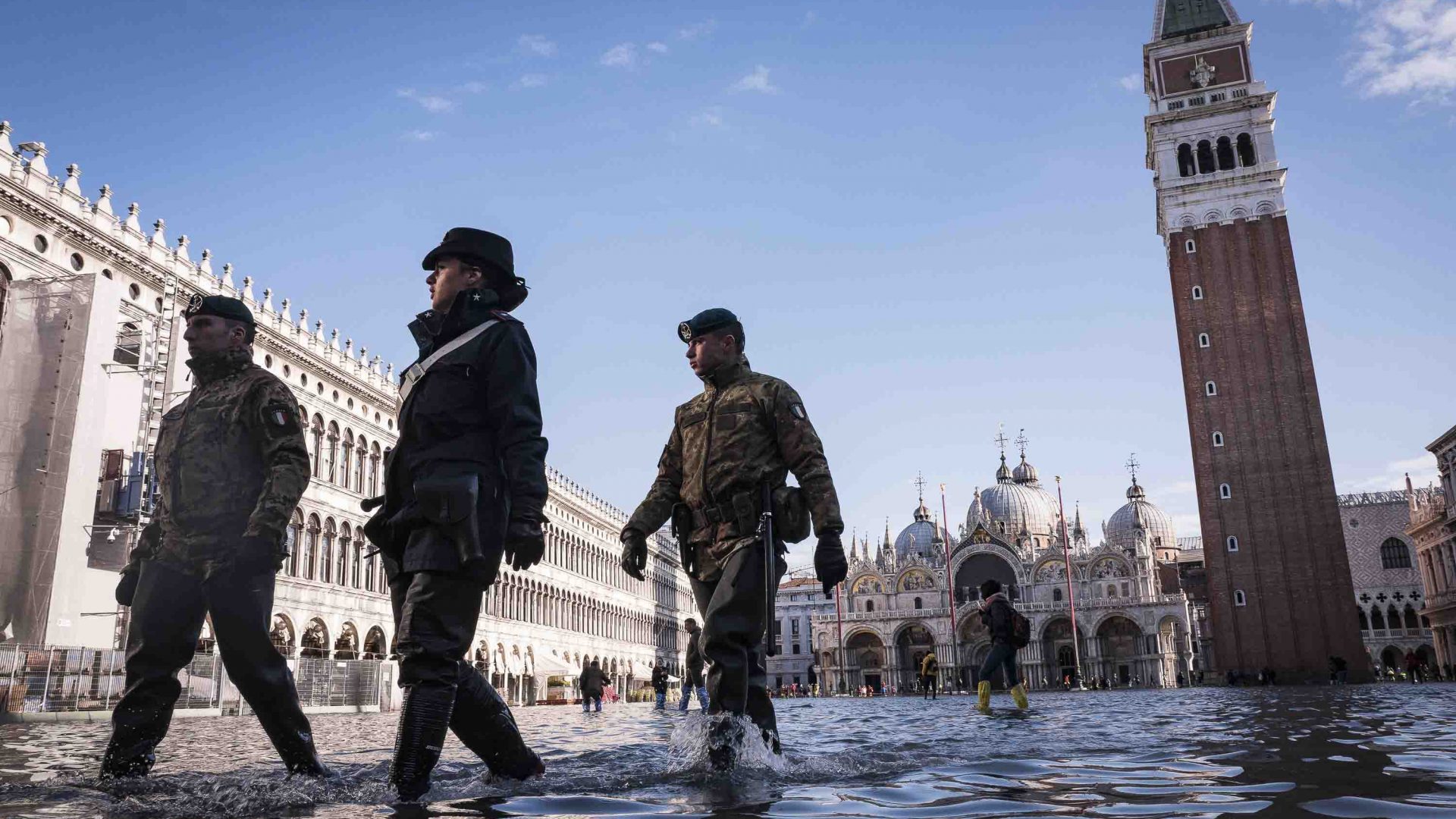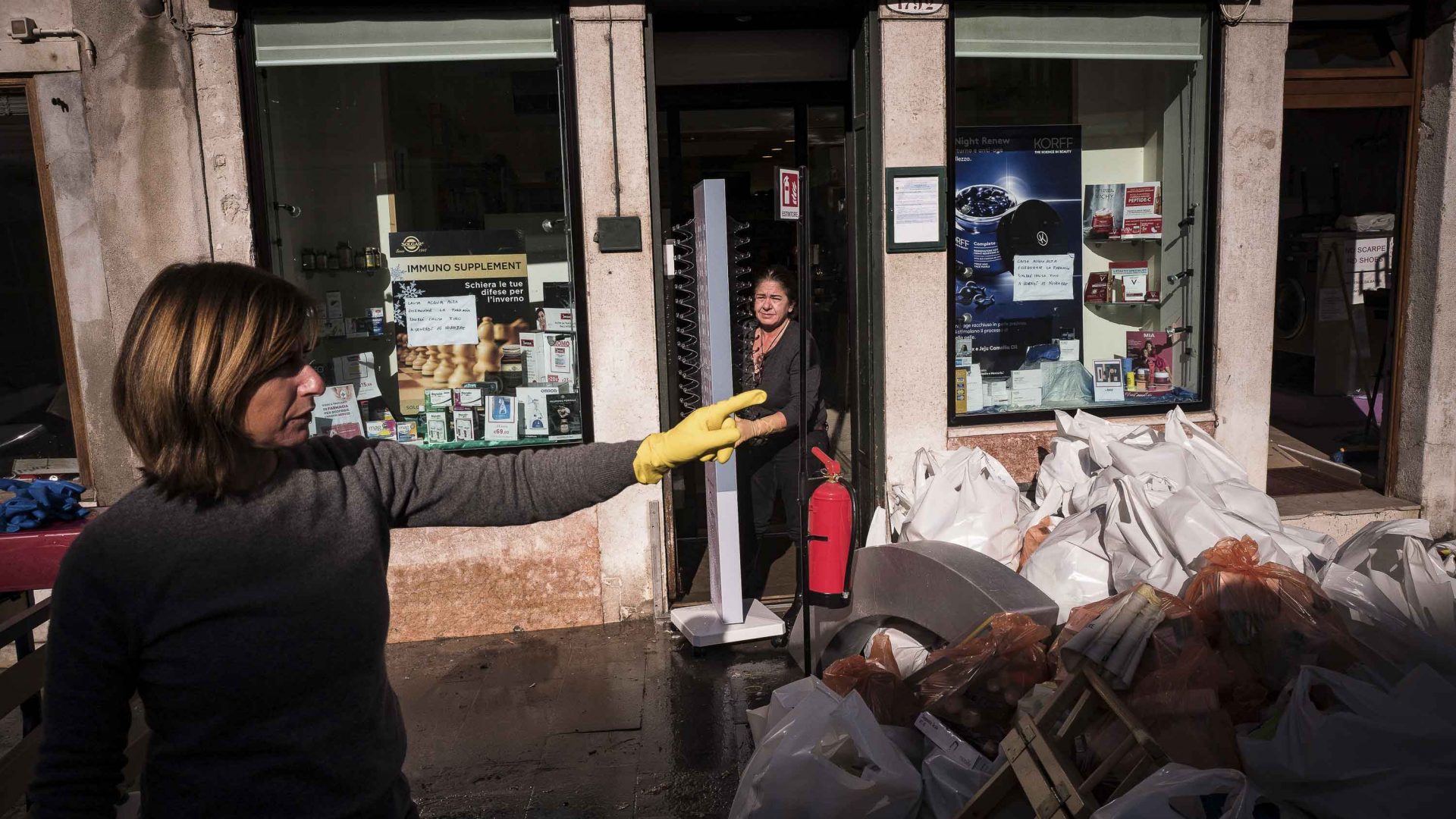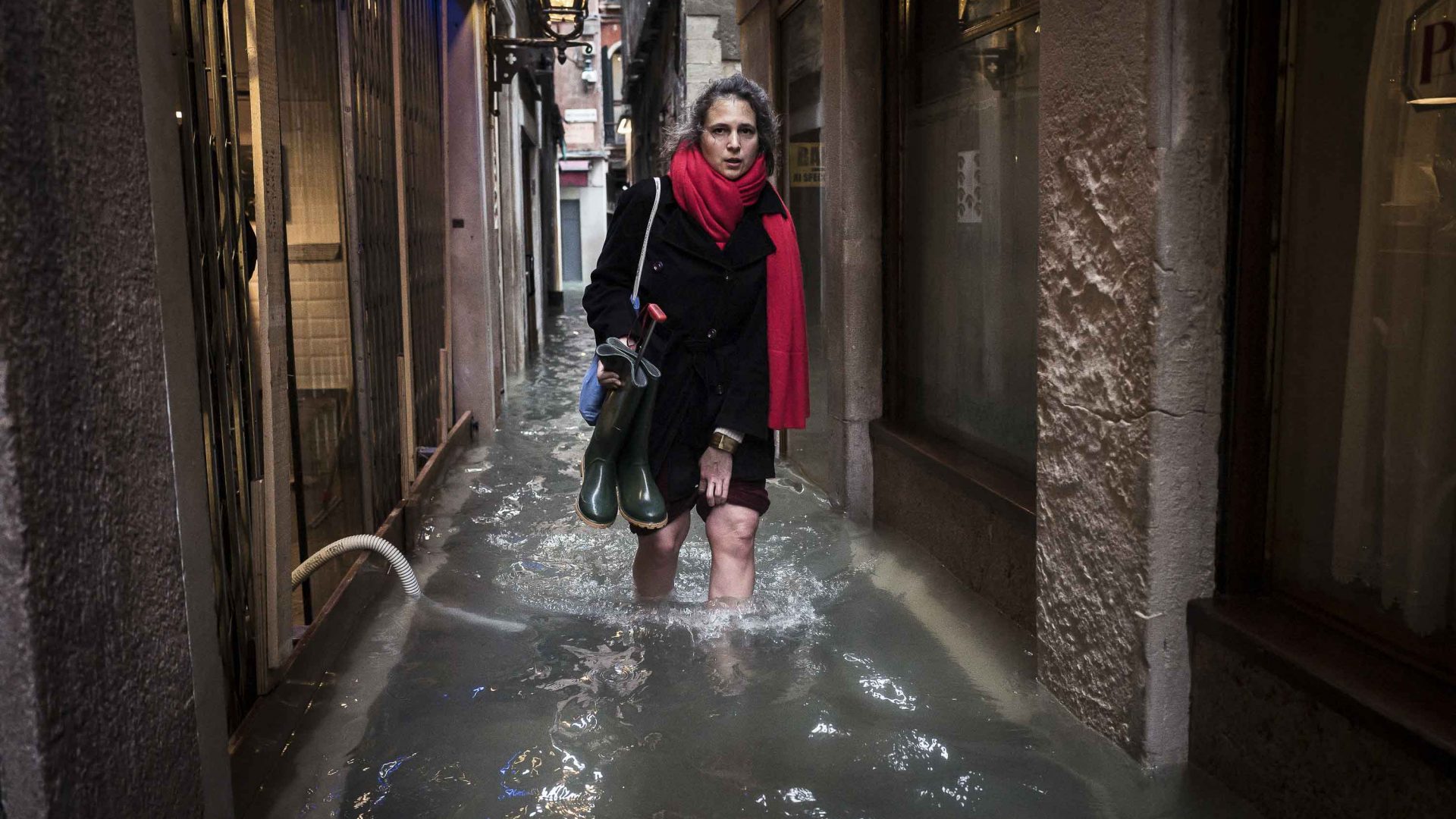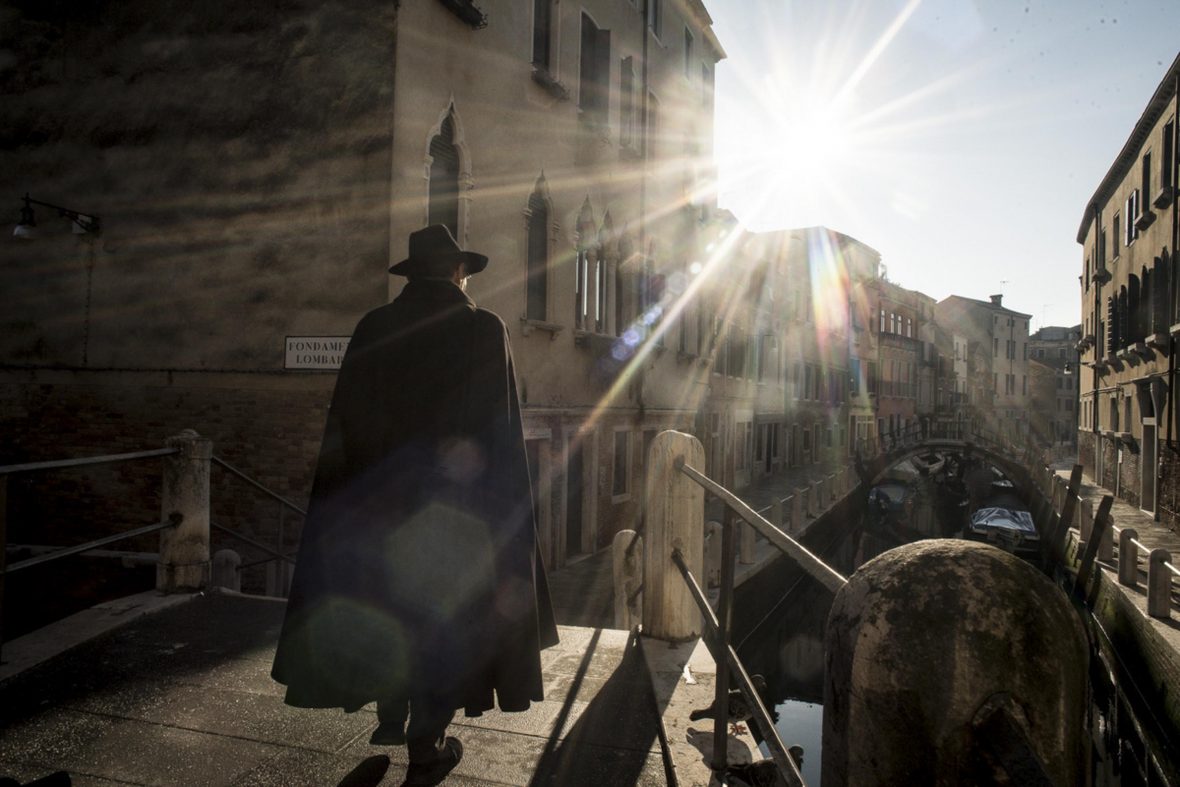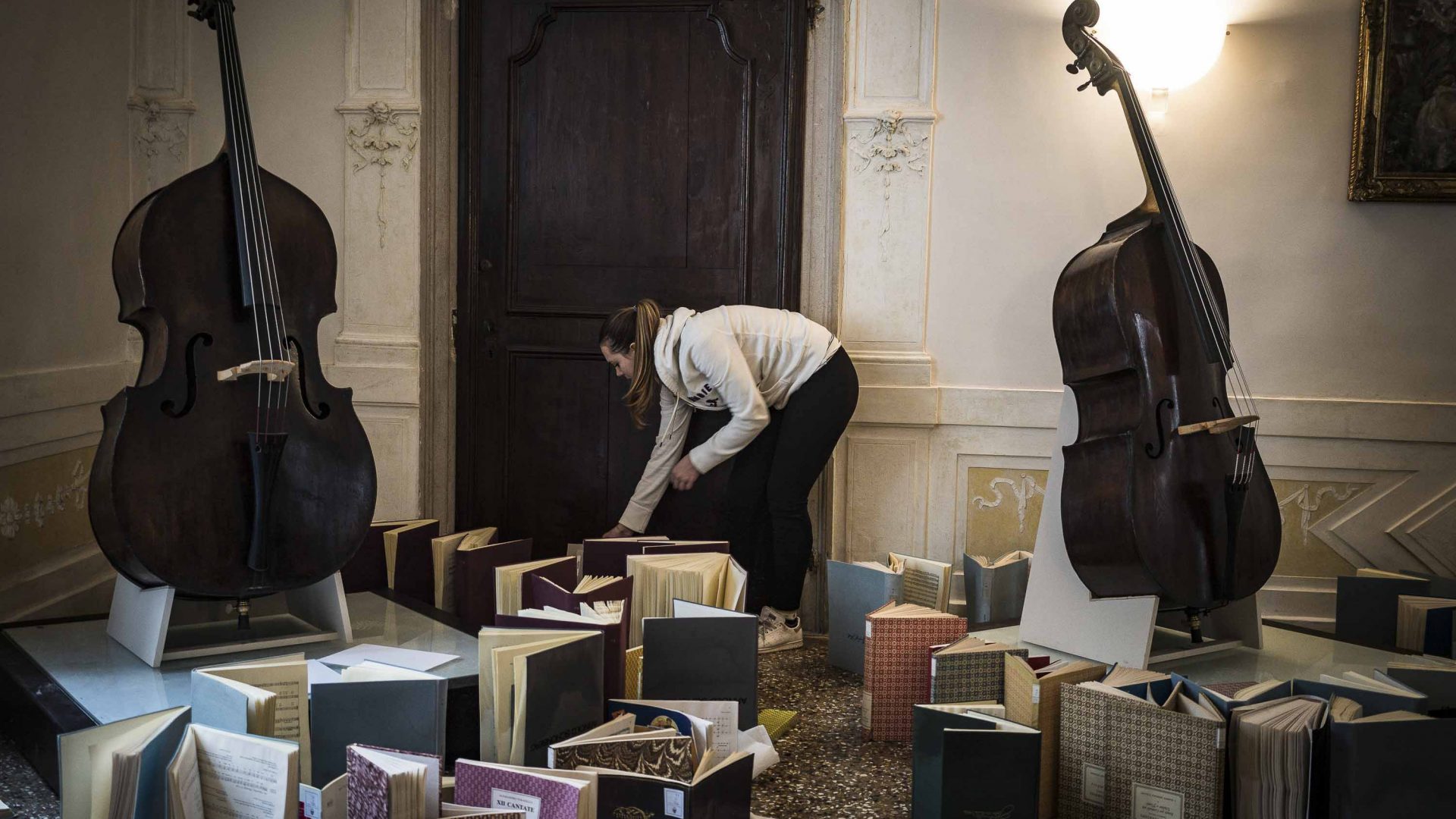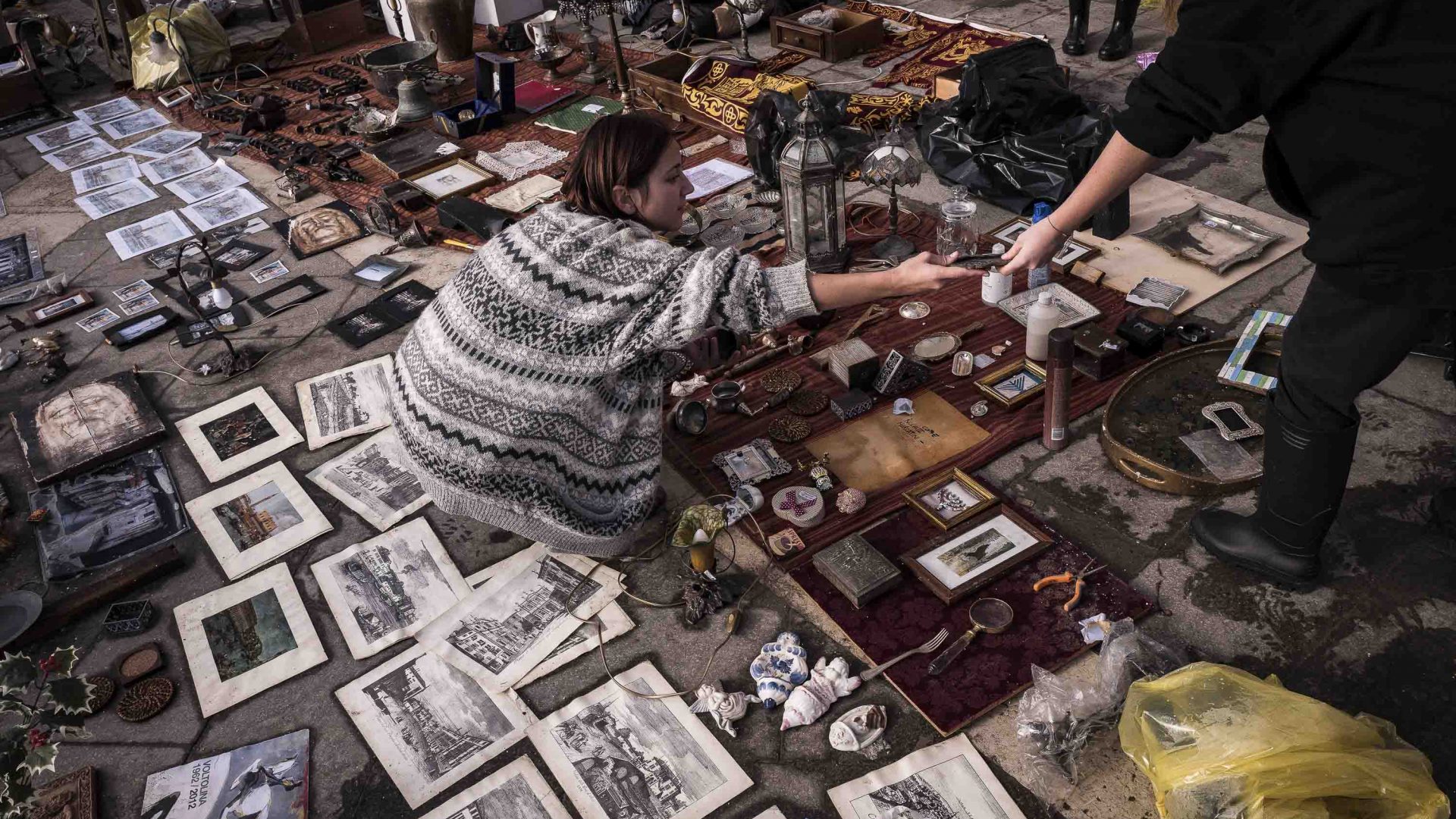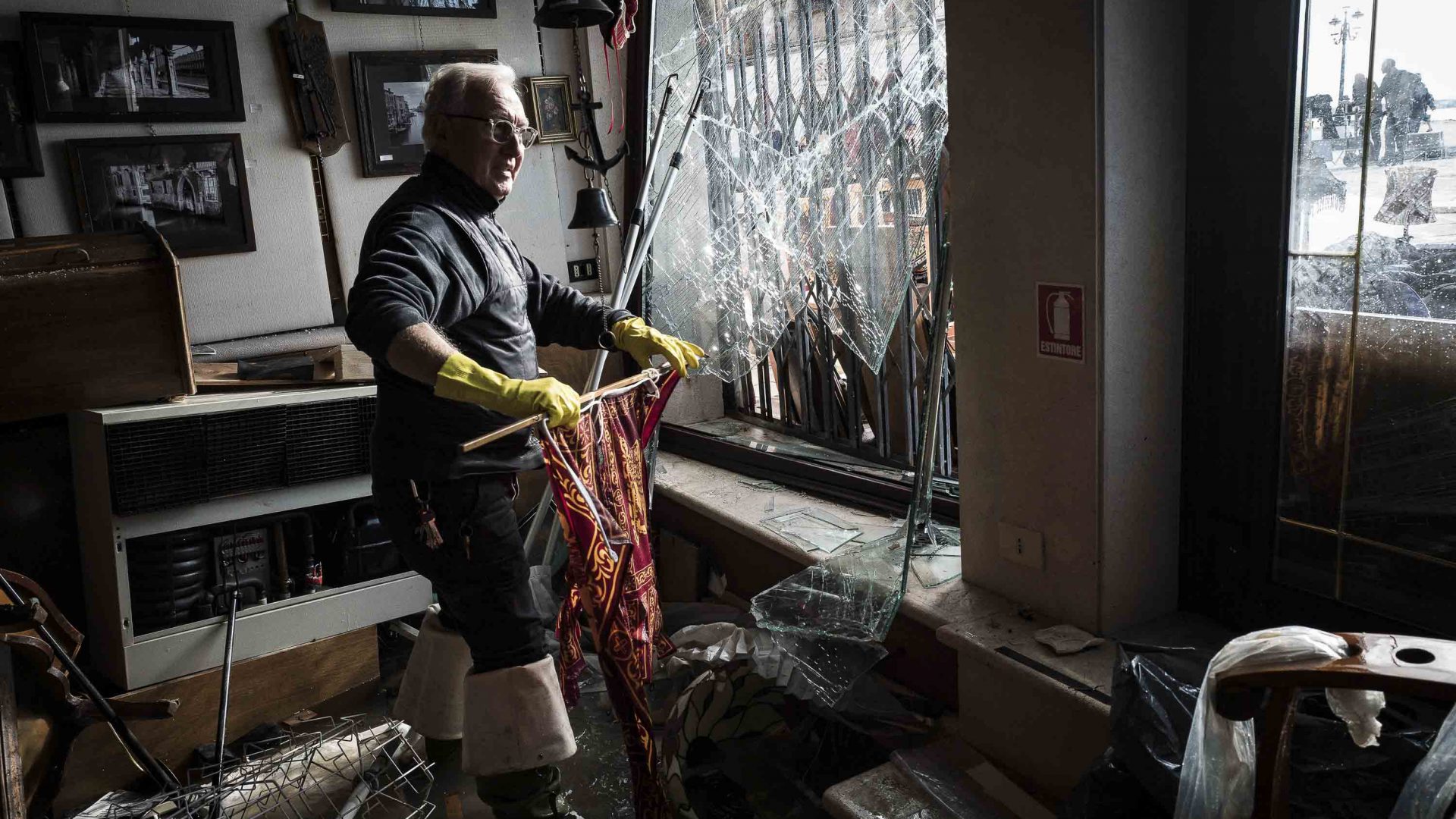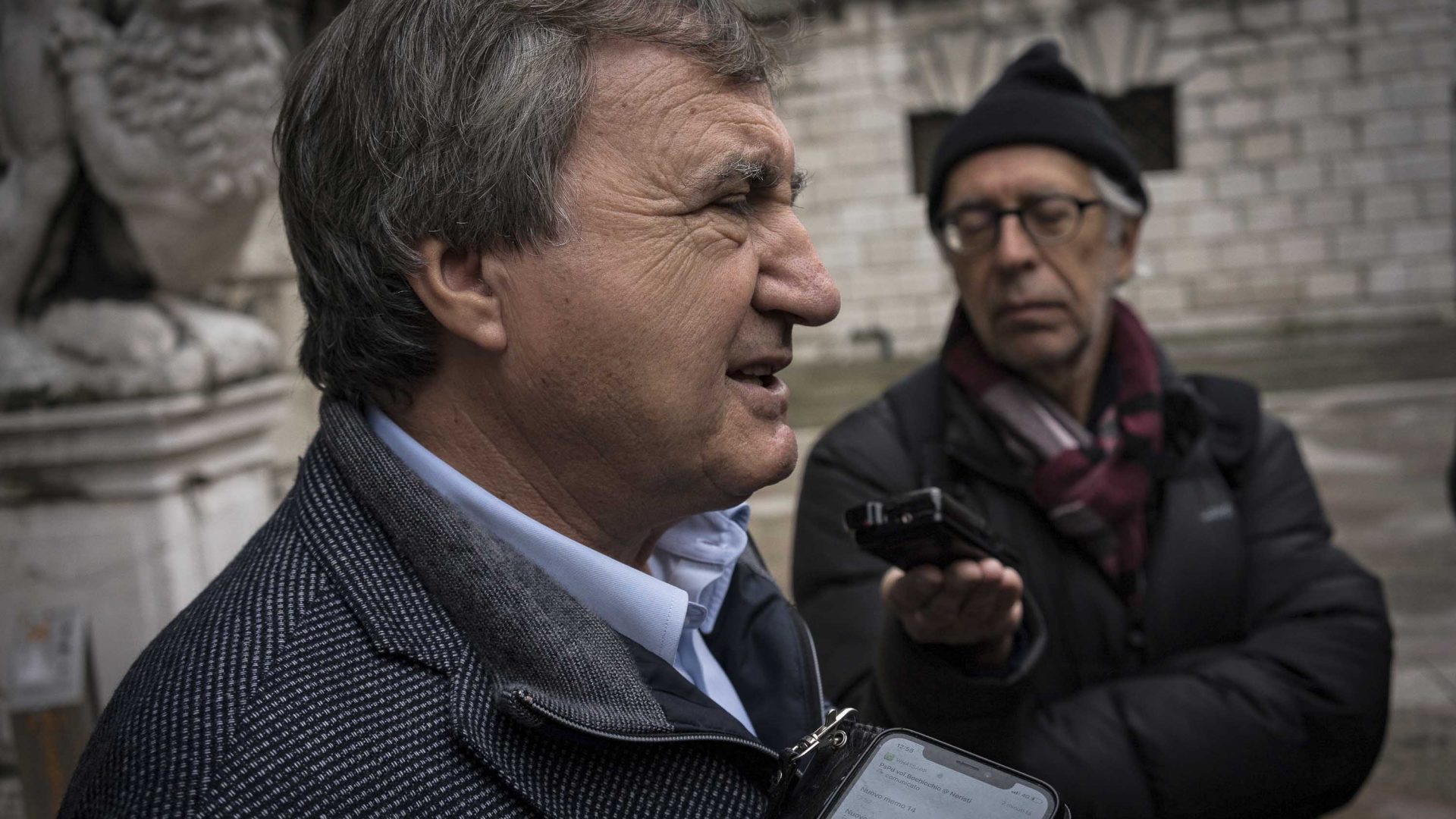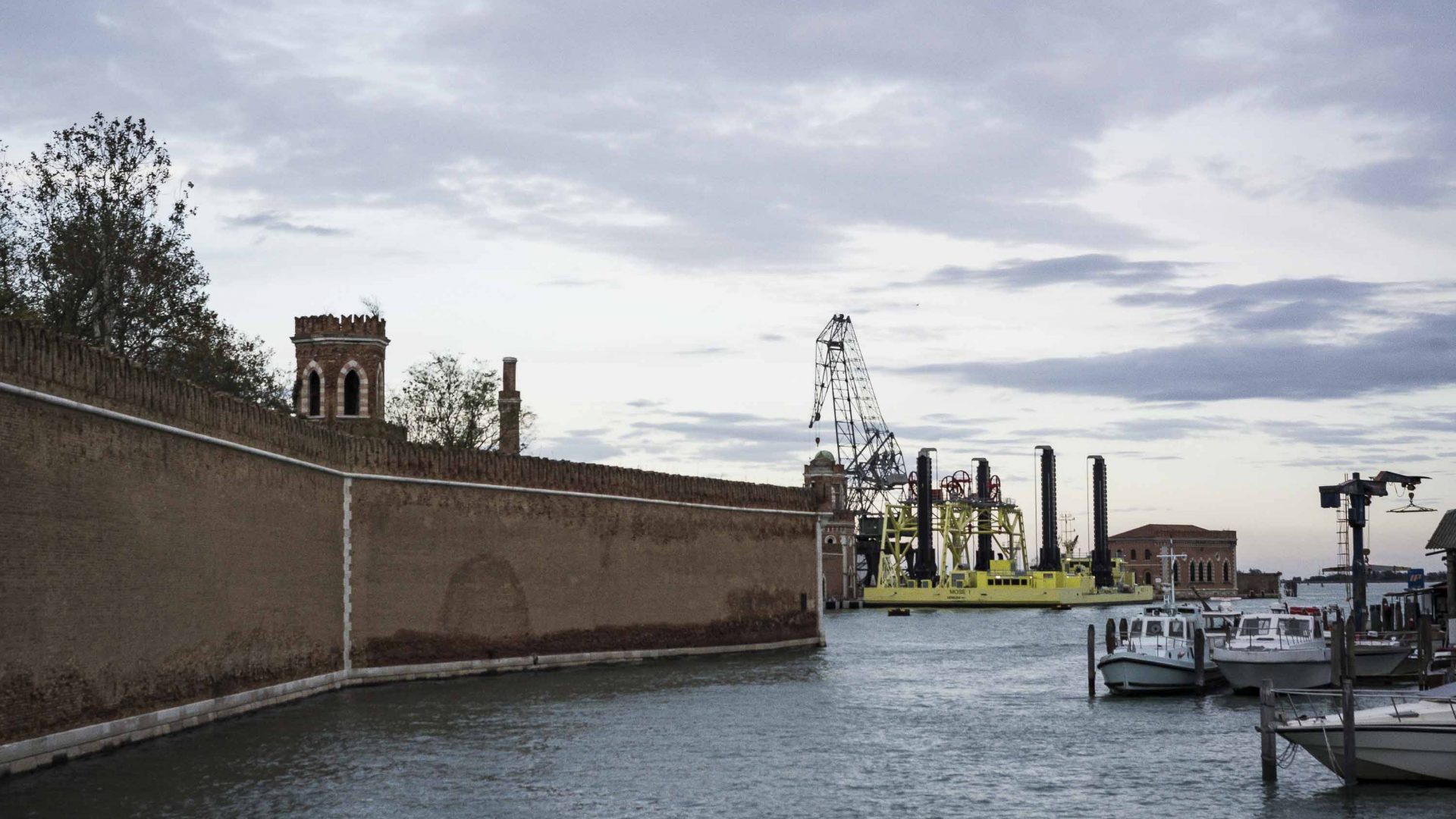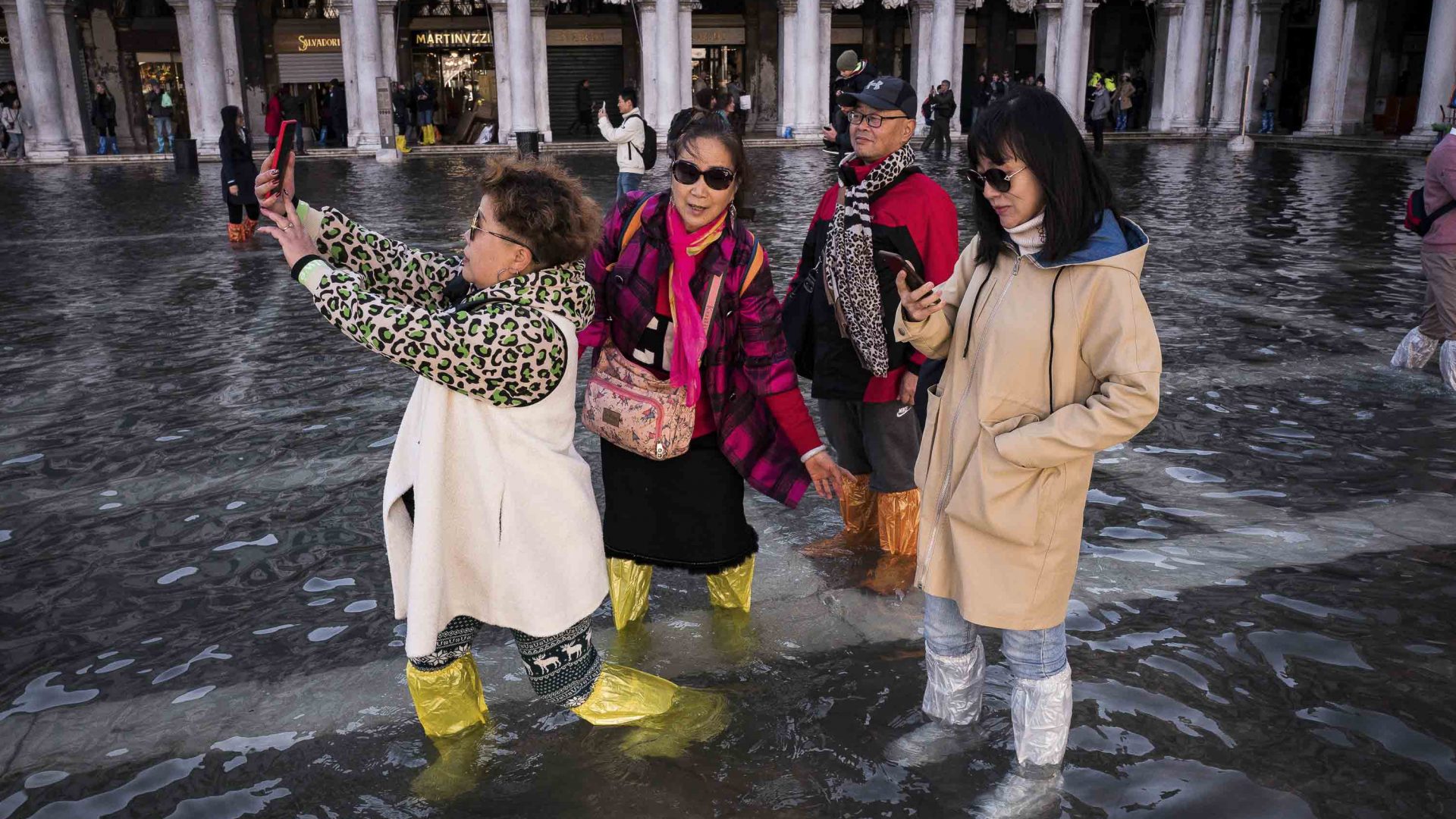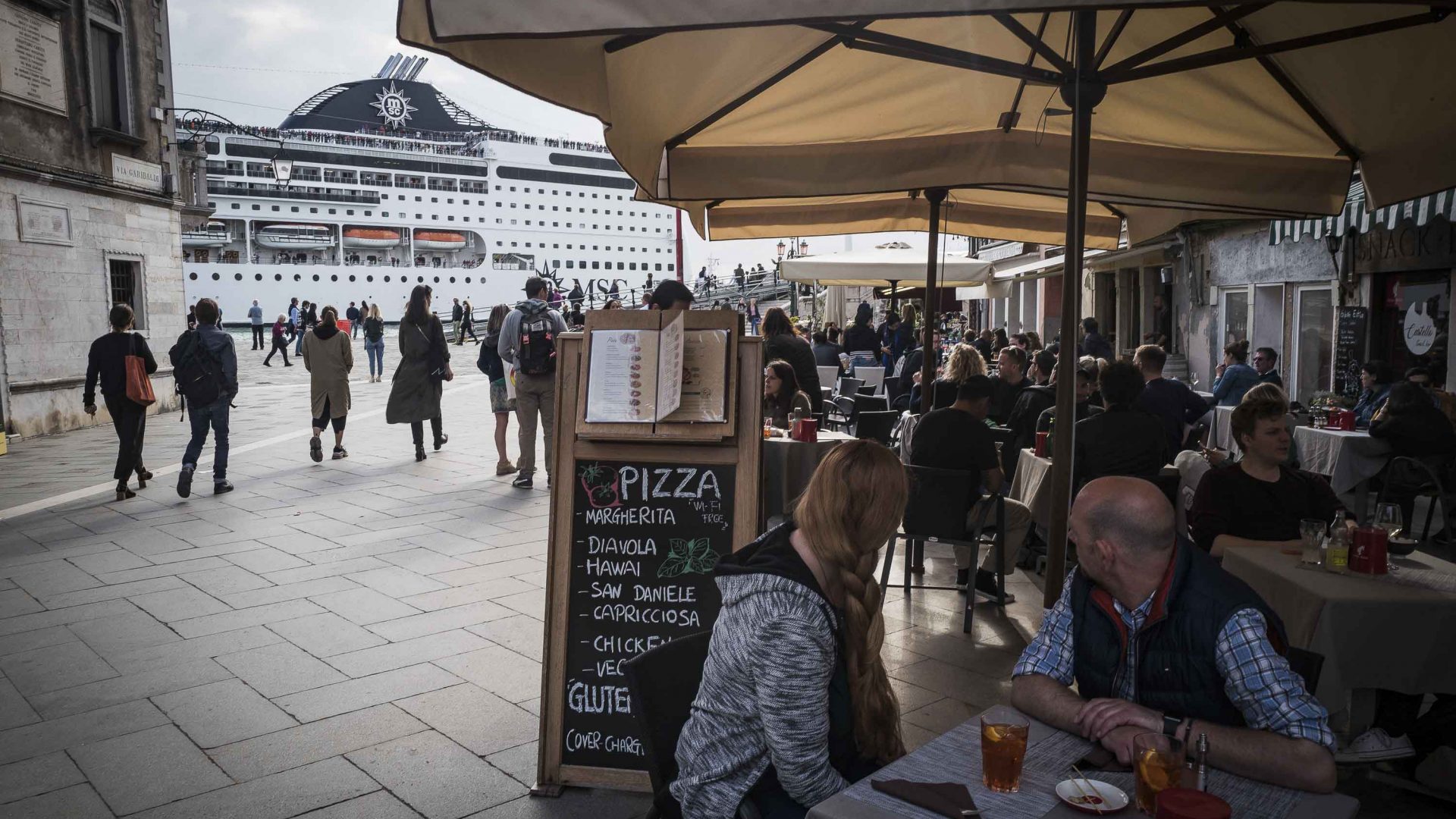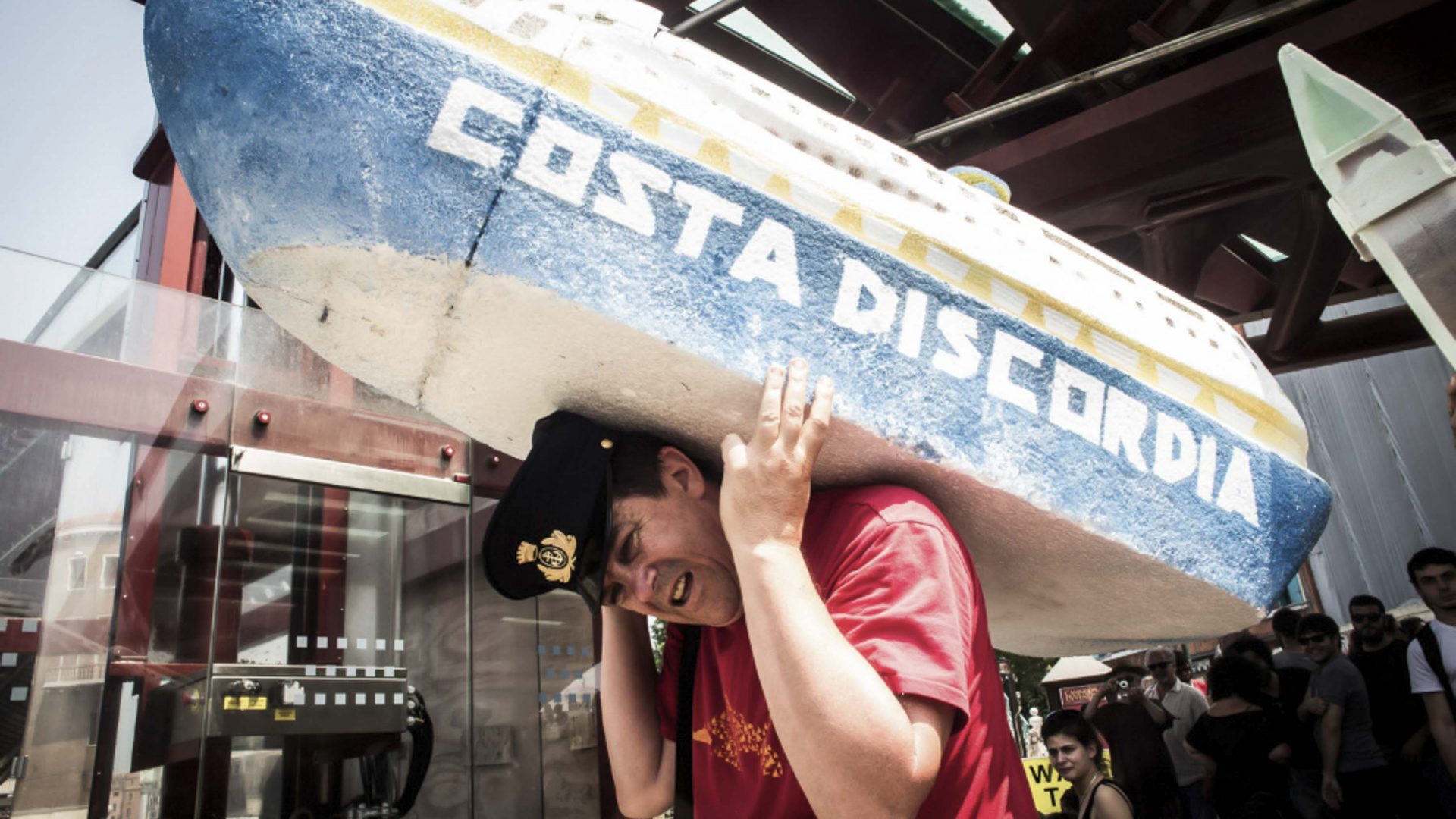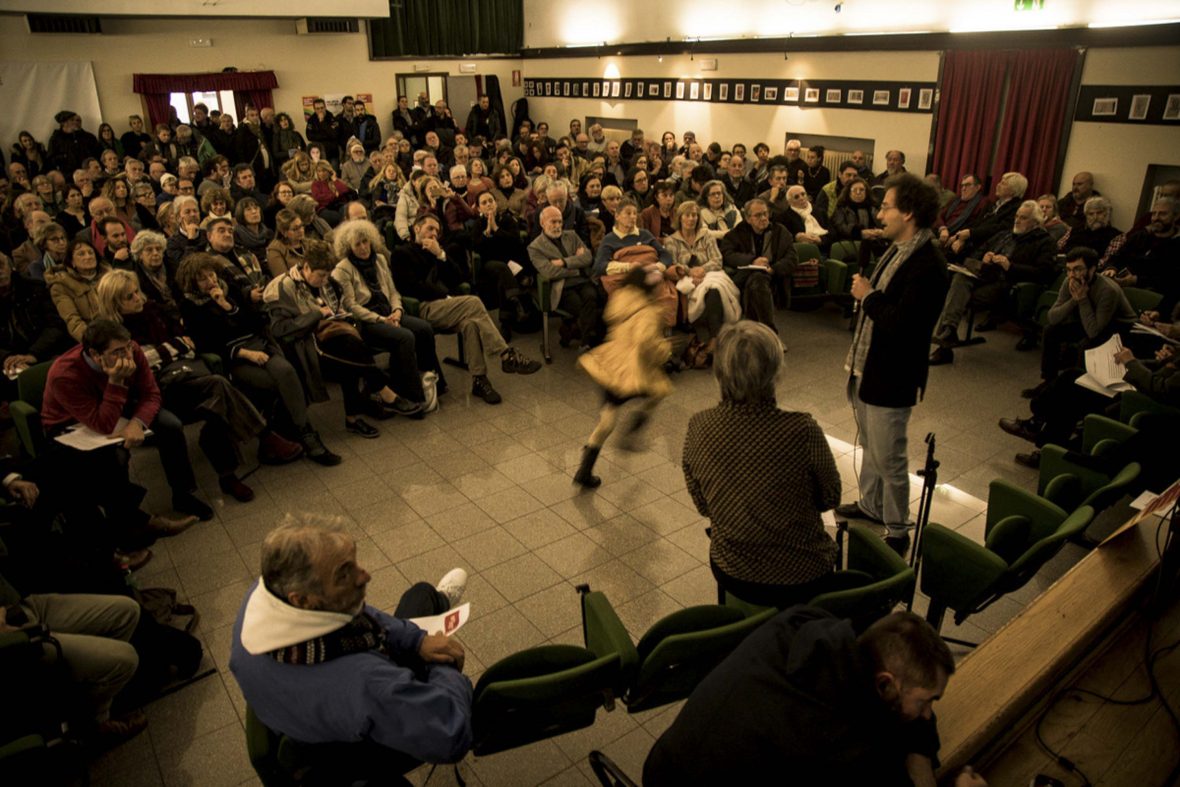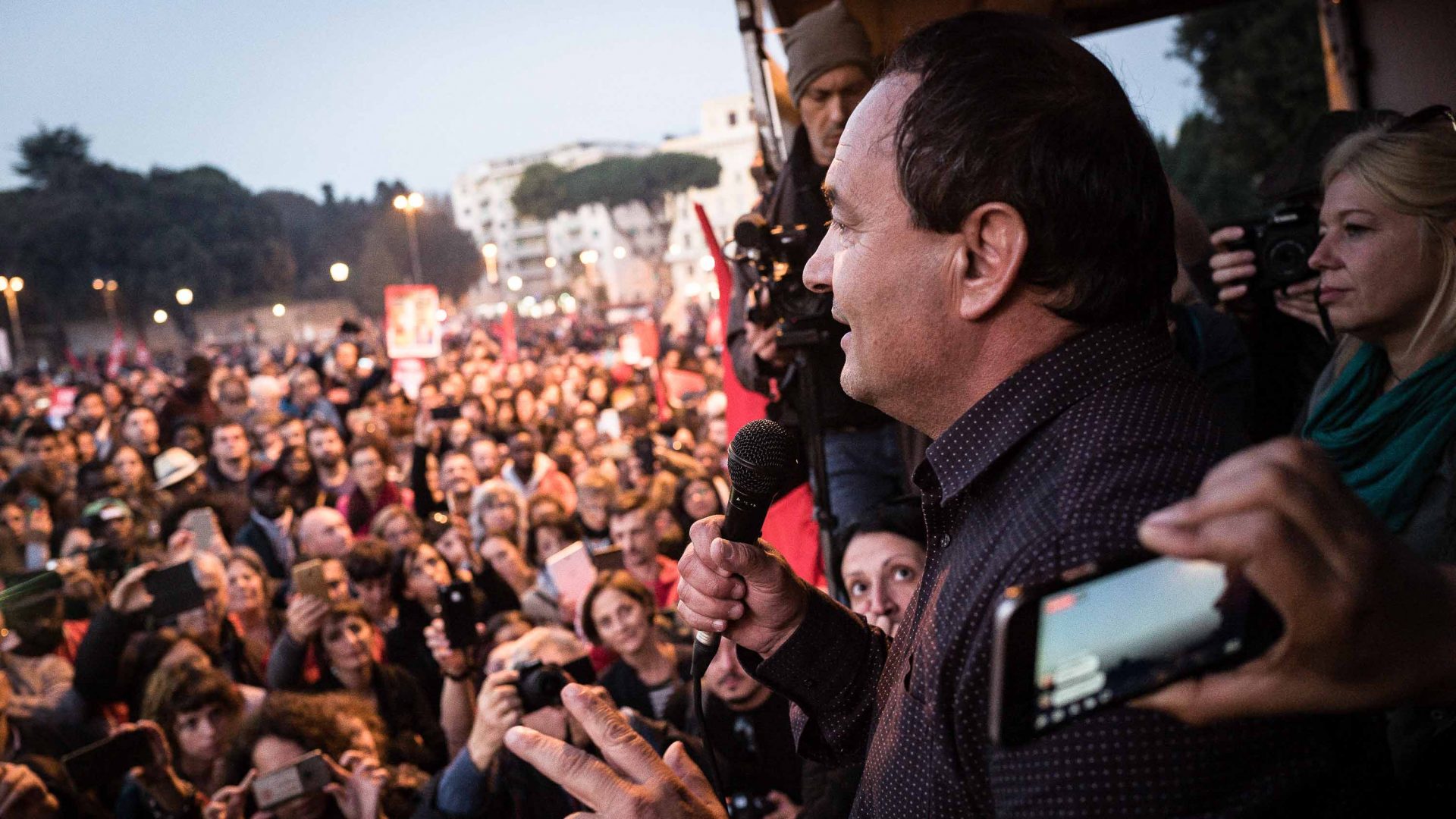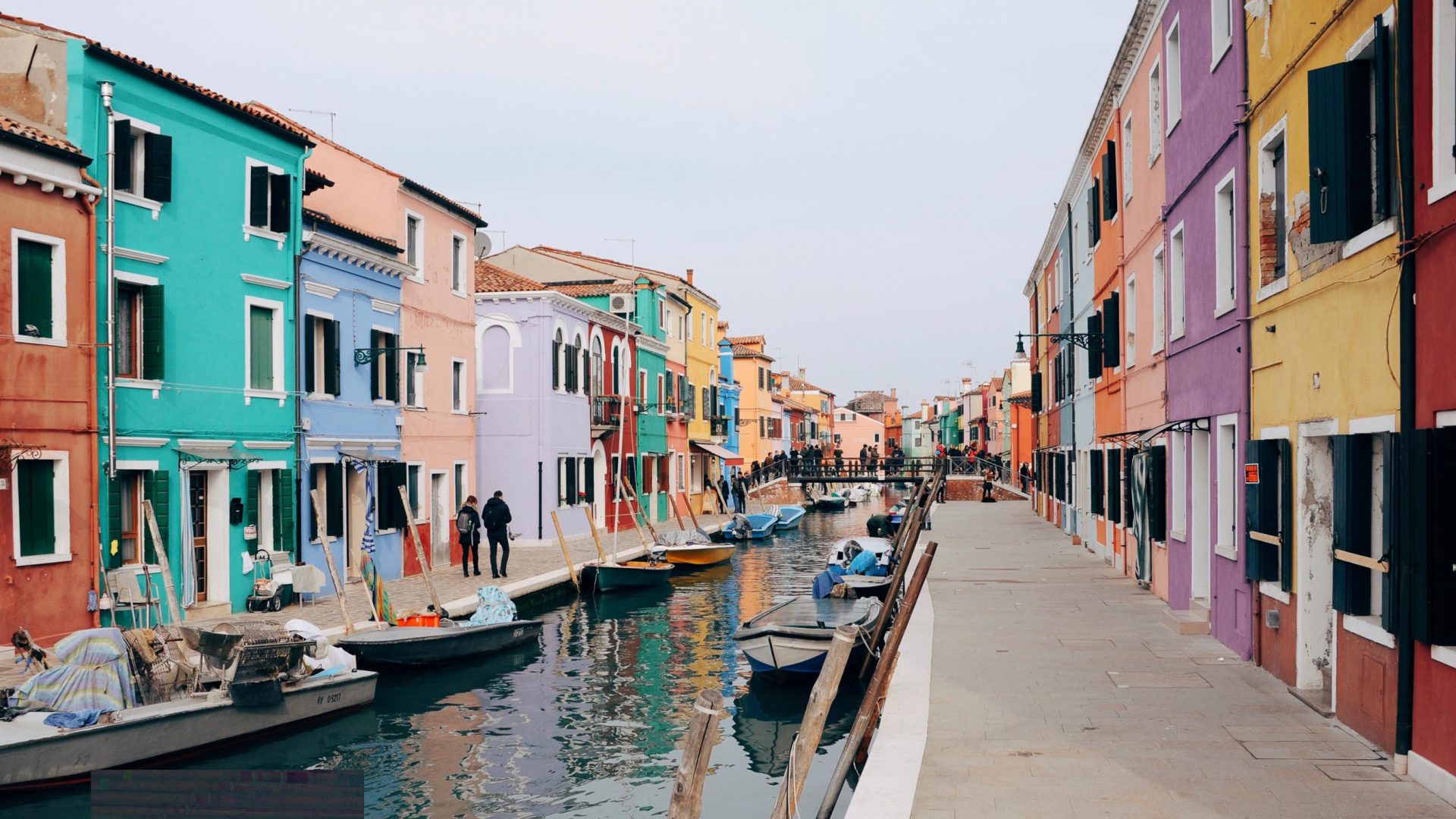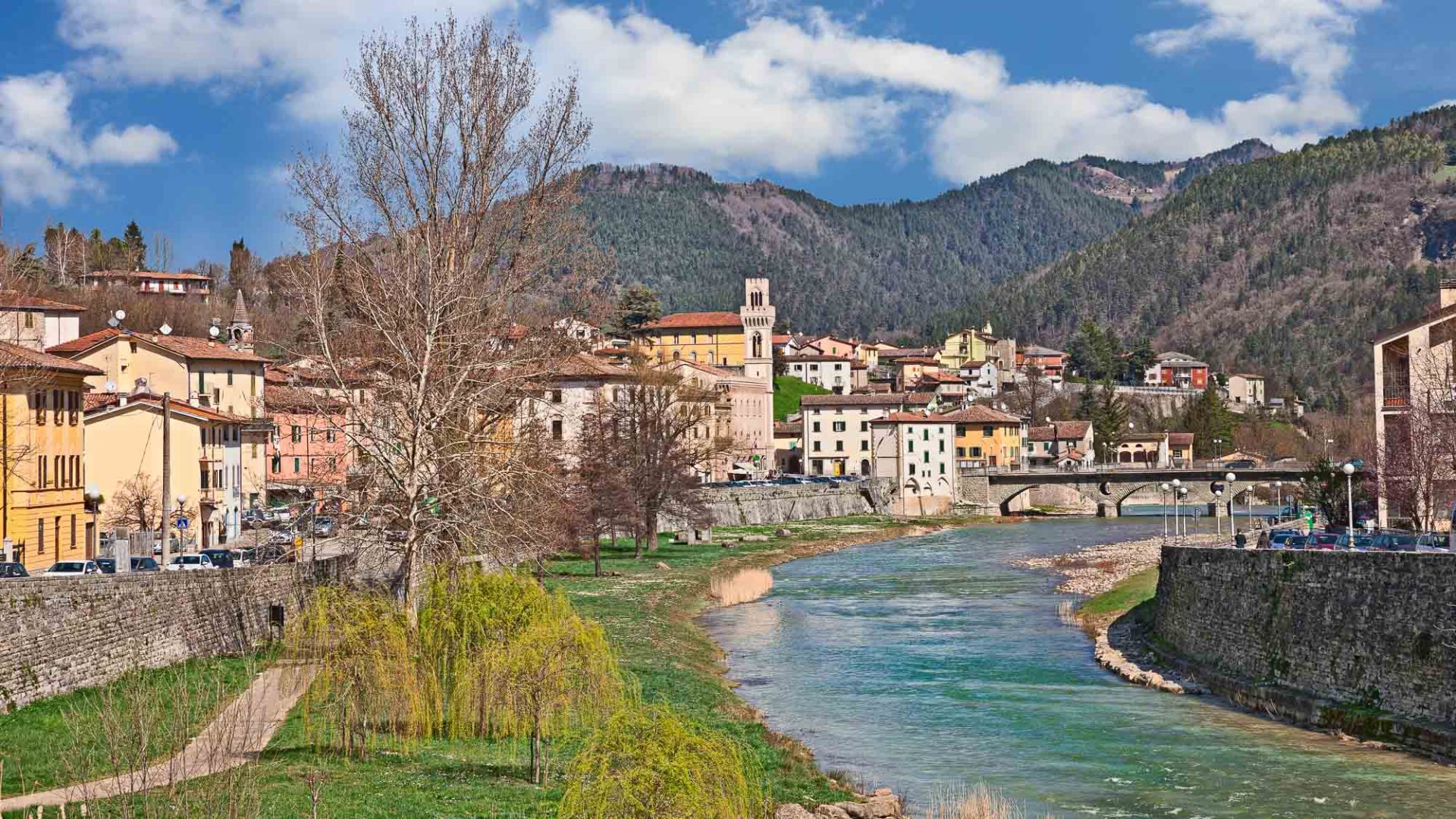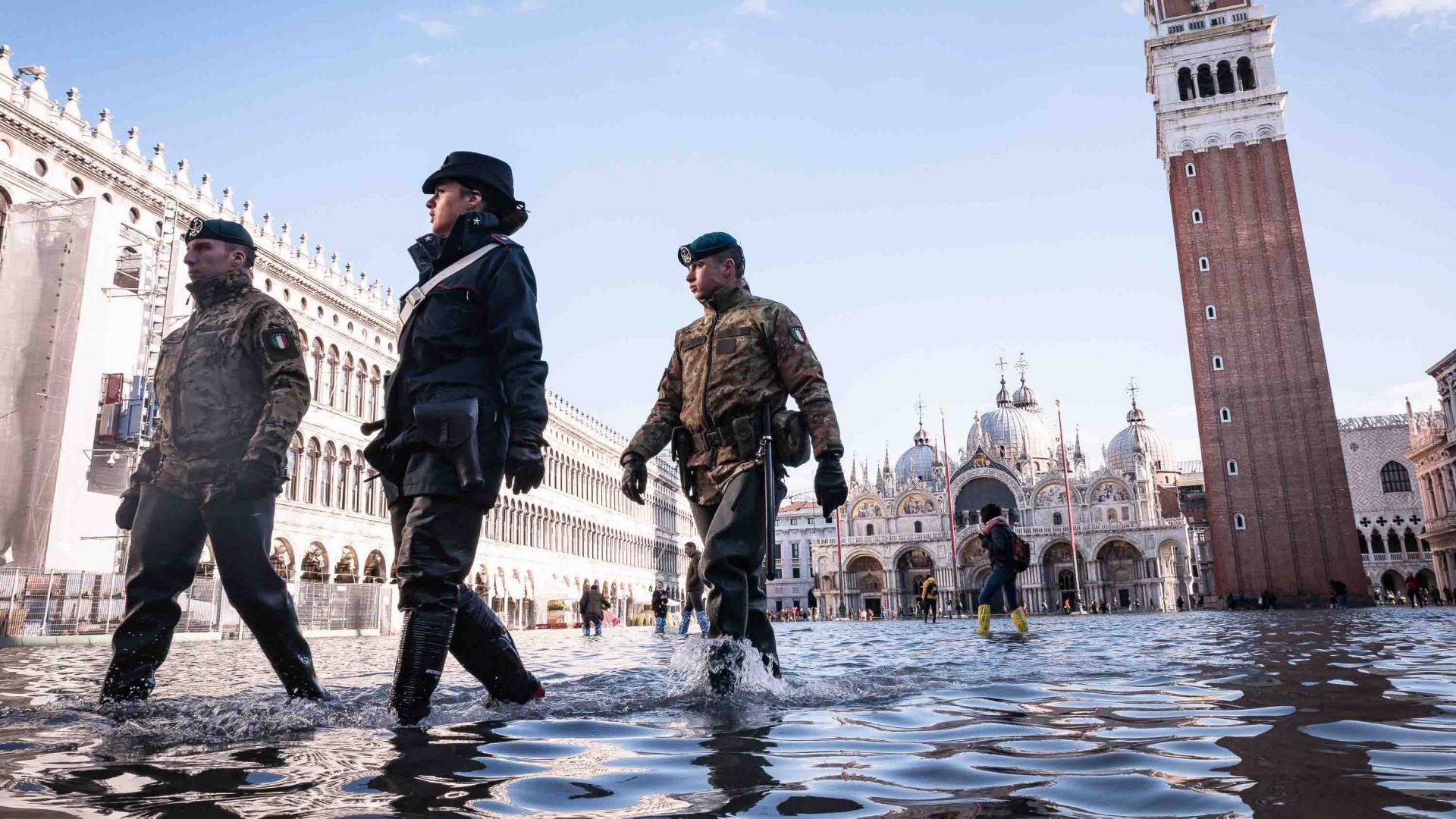
Editor’s note: This article was published before the coronavirus pandemic, and may not reflect the current situation on the ground.
Already in the grips of overtourism, catastrophic November tides left Venice flooded and locals unsure of their future. Italian photographer Nicola Zolin pays a visit to a troubled city he once called home.
“How do we get there?” the tourists asked David as he manned the nightshift at the hotel desk. “Is it raining?”
“You gotta take the ferry boat to Castel Sant’Angelo and walk from there,” David replied. “The weather is looking quite fine!”
I know this conversation happened because David, a friend of mine, posted it to social media soon after it took place, alongside a photo from the news of an incoming high tide. It was said that the tide would reach 160 centimeters, an extreme acqua alta (high water) in Venice. These acqua altas are a semi-regular occurrence in Venice, a periodical part of life. So locals, like David, can tend to be a little flippant about them.
David, whose real passions lie in storytelling, comedy and theater—not night shifts at the hotel—often uses his social media accounts as an outlet for his comedy. With his post that night, he thought it’d be funny to have a little laugh at the expense of those tourists, suspecting they’d probably get a bit wet.
But David, and Venice, had no idea how bad things were about to get.
